
I am pleased to unveil the completion of my most current project, Child’s Play. This composition was created as a gift for Max Petty. Just a week before he was diagnoses with Leukemia, he spent some time playing over at our house. As fate would have it, the surf movie, Riding Giants was playing, and it captured his imagination. Ever since he has been enamored with the idea of surfing. According to his parents he likes to stand on things around the house and says, “Look mom and dad, I’m surfing!” So a plan was concocted between his parents and I to make a large format hyperreal pictorial of him surfing. This time I wanted to create a giant poster--it is 10,080 x 7,722 pixels.

To begin the process his parents sent me various photos of Max in his swim suit to see if any would work. (see original photo). After selecting the photo, I cut out his image and edited various aspects. Next was the task of coupling it with a 3D wave I rendered. I also built a surfboard from scratch in Photoshop--but that was just the beginning. I had to take several photos of my children with matching shadows, cut them out, edit, and alter them in Photoshop. I also took a photo of a toy Woody and had to turn it into a shiny vintage car. The composition required hundreds of layers, and took nearly a month to complete.

The hyperreal motif is quite a demanding one, with a special set of considerations. It must look good from a distance as well as up close. Reflections, shadows, and other details are important, but you don’t want superfluous details to detract from the main subject (see detailed water drops by Max’s feet). Remember, hyperrealism is not realism--it is beyond realism. The point of hyperrealism is not to mimicking photography. Instead, details should be evident upon close inspection, but must disappear or meld into the whole at a distance.

Incorporating the classic look of painting techniques is very important to my sense of aesthetics as well. (see close-up of Suzy’s face). The painting technique also assists in creating a depth of field. While hyperrealism can afford multiple areas of focused detail. Making everything detailed is not conducive to directing the eye of the viewer. Hence, I often take photos at low resolution, and slightly blur them before using Photoshop filters. This can create more interesting brush strokes. I also create other textural elements like pointillism of the sand which can only be seen up close.

Successfully crafting a hyperreal opus, requires more than typical composition aesthetics, for you are crafting a journey for the viewer to explore. Hence, you must learn ways to direct their gaze and take them where you want them to go. Obviously, the main subject is crucial. This focus can be accomplished simply by cropping the image to feature the main subject without other distractions. (see example of close-up on Max.) But there are also other ways to crop a subject and draw attention, including lighting and focus (ie. creating a depth of field--notice that both the foreground lip and the background wave are blurred, adding depth while accentuating focus on Max).

Another way to crop a subject is to introduce foreground and/or background objects which frame the subject. (see how the palm trees and distant islands frame the main subject.) This also introduces a contextual environment placing the subject in a paradisical setting.

Introducing other objects can further frame the subject and add psychological depth. For example, (see composition with additional elements) the Woody adds a sense of nostalgia, the pier adds a beach community vibe, and the sailboat introduces an ingredient of concomitant activity.

Furthermore, by introducing human activity we generate an emotional element of excitement and begin to tell a story. Nevertheless, it is crucial not to distract from the main subject by a pictorial narrative (see final composition). Notice that everything directs attention to Max surfing: David reaching, Suzy pointing, Roxy turning her head, Amanda shifting attention, etc. Even Summer’s temporary incognizance directs you towards Suzy calling out to her sisters to look. Thus, wherever you look, (though your eyes ping-pong around) it eventually leads to Max nose riding in the tube--you are drawn into the main feature of the epic.
Among the many composition I have created, perhaps this one best personifies the magic I glean from watching my children surf. In my experience, childlike awe psychologically revitalizes the spirit. Seeing life vicariously through their eyes makes me feel young and heightens my awareness.

Hopefully, Max will be able to join us in the water this year, (doctors and parents willing) and partake of surfing’s fountain of youth. For when meeting new challenges become enjoyable, we begin to realize that everything is “Child’s Play.” Such is the drama of surfing.

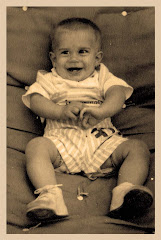
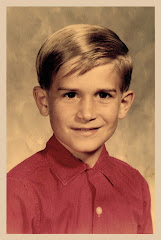
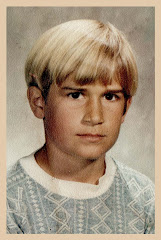


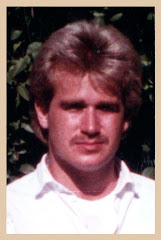






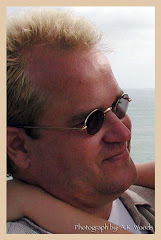

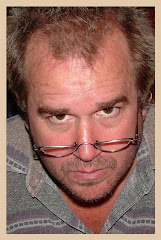
No comments:
Post a Comment